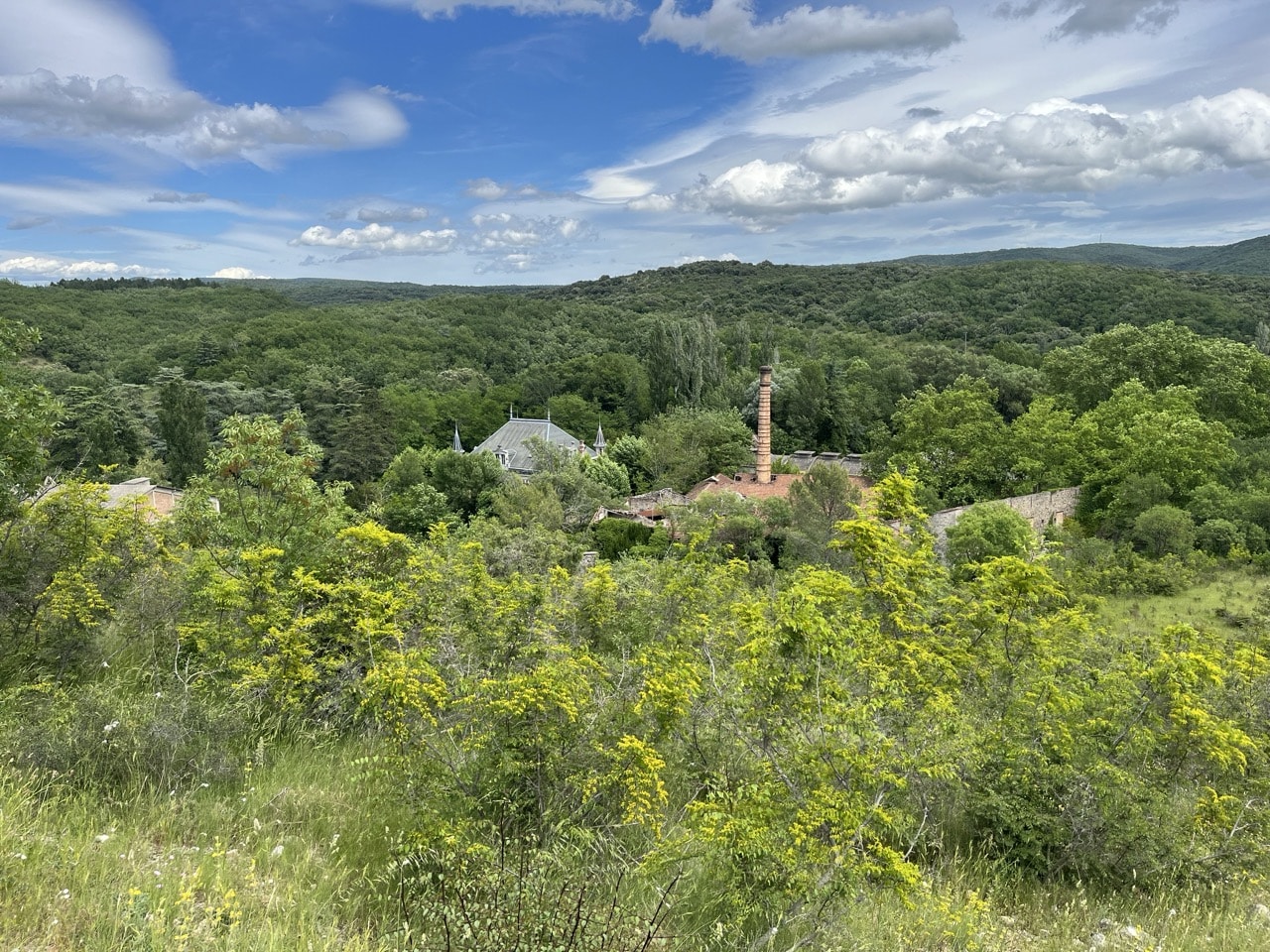 In just seven months, humanity consumes as much from nature as Earth can regenerate in a year. Earth Overshoot Day marks when humanity’s demand for ecological resources exceeds what Earth can renew in that year. Despite global efforts to mitigate climate change and biodiversity loss, trends persist due to the perceived “free-rider” dilemma, where individual and societal incentives conflict. This misperception makes it difficult to convince investors to support companies that delay Earth Overshoot Day.
In just seven months, humanity consumes as much from nature as Earth can regenerate in a year. Earth Overshoot Day marks when humanity’s demand for ecological resources exceeds what Earth can renew in that year. Despite global efforts to mitigate climate change and biodiversity loss, trends persist due to the perceived “free-rider” dilemma, where individual and societal incentives conflict. This misperception makes it difficult to convince investors to support companies that delay Earth Overshoot Day.
In reality, these companies present a strong value proposition, as failing to prepare for a predictable future of climate change and resource constraints is against their self-interest. Additionally, a company’s contribution to global overshoot is measurable. After three decades of providing robust country overshoot data, a similar approach is now needed for companies.
The key question is: How much does a company reduce global overshoot per million dollars market capitalization? In other words, if the company did not exist, where would global overshoot stand per million dollars market capitalization?
For most companies, due to their existence, global overshoot increases, and hence Earth Overshoot Day arrives sooner. But some companies—circular businesses—reduce global overshoot as they grow. Here is one example. If you want to get even more inspiration, check out the Power of Possibility with over 100 examples.
This is also relevant to investors. Because, once the question can be answered for companies, it becomes possible to measure as well for a portfolio how much it moves global overshoot per million dollars investment. We still have not seen an impact investment portfolio that has tracked its impact on global overshoot, let alone one that actually reduced global overshoot. Should they then even be called impact funds?
Even conventional portfolios: Would they not be better off having, at least as a hedge, companies in their mix that will maintain value in a future of climate change and resource constraints?
Additional Resources:
- Power of Possibility examples
- Overshoot impact of companies: How to assess
- Analytical insights such assessments enable
- Whitepaper on one planet prosperity
- Overshoot: is there good news?


